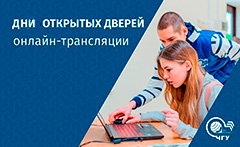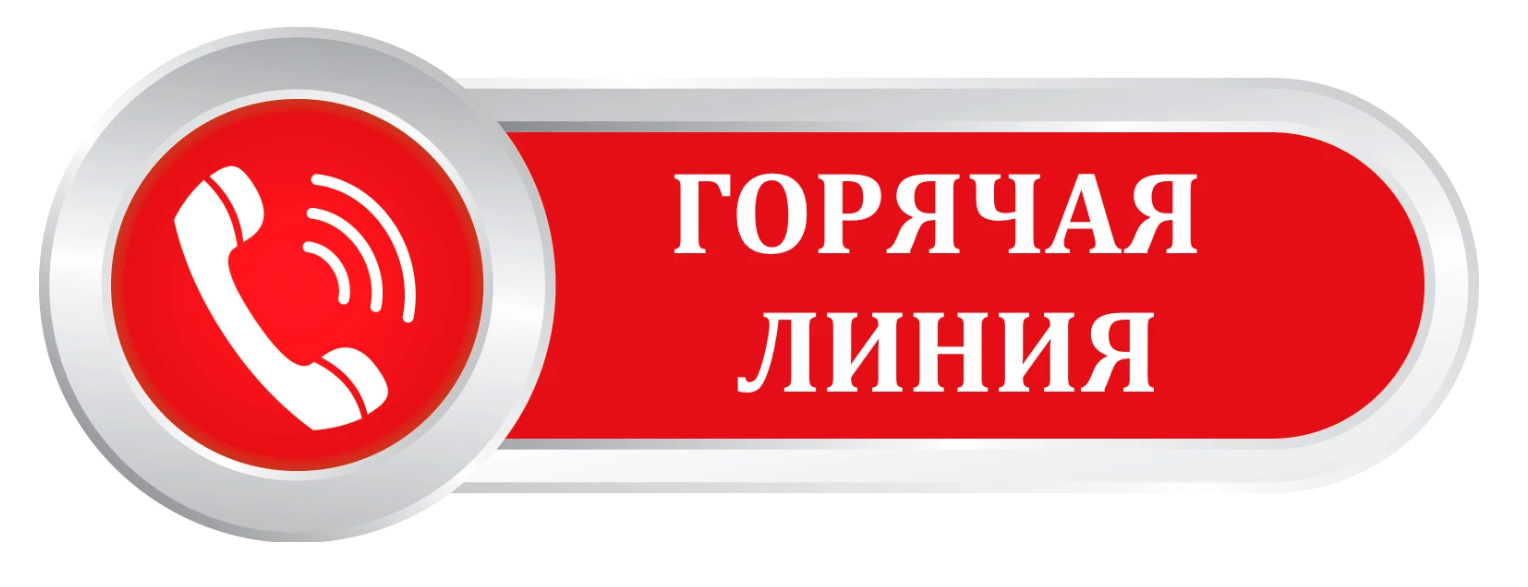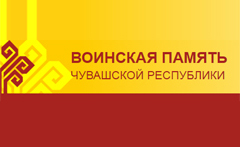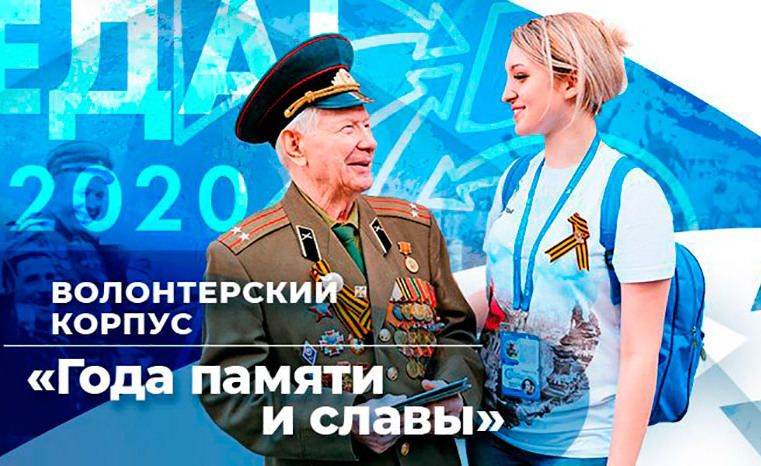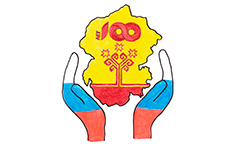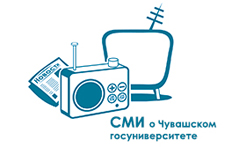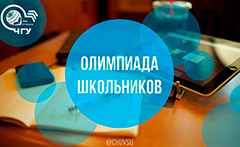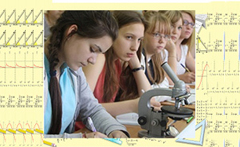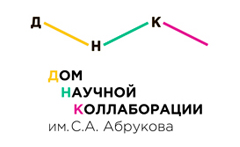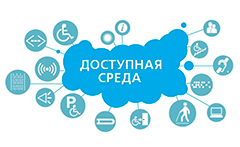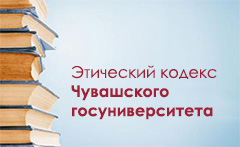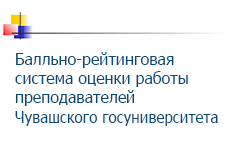BASIC RULES OF CONDUCT ON WATER AND THE RULES OF FIRST AID TO THE INJURED
A vast majority of accidents are caused by violating the rules of safe behavior on water. The main causes of accidents are:
Bathing in the state of alcoholic intoxication;
Swimming in prohibited places.
RULES OF CONDUCT NEAR WATER
Swim only in designated areas, near equipped beaches, where in case of an accident you can get specialized care from a rescuer. Unverified water bodies – whirlpools, deep pits, bushy seaweed, cool springs, driftwood, a heavy current, bottom filled with rubbish – can lead to injury, diving there – to death.
2. Do not swim in the state of alcoholic intoxication. This is the main reason for loss of life in water.
3. Do not swim up to close running (anchored or docked) watercrafts, autoboats, float-boats, do not dive under them – it is dangerous for life, you can get dragged under the bottom, a machine screw assembly, you can get hit by the shipside or be swamped by a wave.
4. Follow the rules of using boats and other swimming watercrafts: don't overload them, do not rock, do not jump from them into water, if you need to climb into the boat, do it from the ship’s head or stern not to overturn it. Remember that someone in the boat may not be able to swim.
5. Do not use air rafts, inflatable bladders, boards, especially if you can’t swim. Even a gentle breeze can carry them far away from the river bank.
6. If you can’t swim, get up only to your waist into water.
7. Don't swim far out the buoys and other barriers, installed in places for bathing. They warn: swimming far is hypothermia, muscle fatigue, convulsions, and death.
8. Don't let anyone mess up on water by diving and seizing swimmers, do not fool in water, do not scare others.
9. Do not signal false emergency.
10. Do not swim alone in the evening and at night. In the dark you can get disoriented and swim too far from the bank, you may not be noticed by a moving vessel, at night a simple fright turns into panic which is the first cause of drowning.
One of the hazards to life of a person in water is hypothermia, which results in irreversible processes and a person can die, even in shallow water. Bathing is recommended when water temperature is not less than +18°C and air temperature is +20°C. You can bathe not more than 3-5 times by 10-15 minutes in a row. It is recommended to swim after 1.5 – 2 hours after meals. Bathing children should take place only under adults’ supervision! Learn to swim!
SELF-RESCUING
When you are in water convulsions appeared: your hands or feet cramped. Don't loose your head; try to stay on the water surface, swimming on the back. Vigorously massage the cramped muscle. If there are people on the bank, do not hesitate to call them for help.
If you accidentally swallowed water. Stop, lift your head above water and clear your throat. Vigorous movements of arms and legs will help you to stay upright in water, and then swim to bank.
If you got into a whirlpool, take more air into the lungs. Dive into the water and make a strong burst outward downstream, come to the surface.
If you got entangled in weeds, do not make sudden and quick movements. Lie down on your back and try to swim out by soft, calm movements in the direction from where you swam. If this does not work, you need to pull your legs to the abdomen and gently disengage from algae with your hands.
If you got into a heavy current, do not loose you head, don't swim against the stream. Go with the flow, gradually moving to the shore. The main thing in self-rescuing is not to fall into panic, keep calm and take all necessary measures to exit the situation.
HELP A DROWNING MAN
If you noticed a drowning man or heard cries for help, immediately report the incident to the rescue services. Save these numbers of rescue services: 01 and 112 in the memory of your cell phone.
If there is no life-saving station, there is no one to come to the rescue, except you, first of all, assess your forces and, if you are confident in your abilities, do the following:
Look if there is a ring lifebuoy or other thing capable to increase buoyancy of a person (sticks, boards), throw it at the maximum distance in the direction of the drowning man. Swim up to him (but not close), try to reassure and encourage him. Find out whether he controls his actions, whether the drowning man maintains self-control, then help him stay on water and reach the bank, while he may hold on to your shoulders.
If the drowning man lost self-control, then you should act cautiously, that he could not carry you under water. Having swum up to him, it is necessary to dive under him and taking his legs, push him up, while turning him with his back to you. Being behind, grab both arms of the drowning man below the elbows, lift and turn his face up the water surface so he could breathe. Your second arm remains free, and you can swim and transport the drowning man to the bank.
If the drowning man is plunged into the water, do not leave attempts to find him and then reanimate. This can be done if the drowned was in water no more than 6 minutes. Having taken the victim out of the water and carried him ashore, ask people to call the ambulance and immediately start his resuscitation.
RESUSCITATION
Resuscitation is required in clinical death. Signs of death: the pupils are wide, do not respond to light; there is no pulsation of the carotid artery which is on the lateral side of the neck; there is no consciousness; there is no breathing. The cause of death in drowning is lungs’ filling with water, respiratory and cardiac arrest because of this. For their restoring it is necessary to consistently perform the following steps:
Clear the victim's mouth and nose with a napkin or shirt from the mud and silt, turning his head to one side.
Put him with his belly on your bent knee (the head should hang downward), sharply pressing with your open palms between his shoulder blades, remove water from his respiratory tract and stomach.
When water is removed, immediately start to do mouth-to-mouth and external cardiac massage at the same time. Mouth-to-mouth resuscitation. Lay the victim on his back on a flat, stable surface, throw back his head maximally (this is important), get on your knees to the left of him, press his nostrils. Take a deep breath, put your lips to the lips of the victim (preferably through a handkerchief) and with force exhale the air into him. The rhythm of artificial respiration is 12-16 times per minute. External cardiac massage. Put one palm put across the bottom of the sternum, another palm – crosswise over the first. Press the sternum with your wrists so that it bends by 3 – 4 cm, and release. It is necessary to press hard, using the weight of your body. Massage is performed only with straight arms. The rhythm is 60-70 pressings per minute. Resuscitation should be performed by two persons: one makes the heart massage, another – artificial respiration. If resuscitation is performed by one person, it is recommended to make 2 sequential blowing ups and 15 pressings on the chest. If resuscitation is performed by two persons, every blowing up is followed by 4-5 rhythmic pressings.


























































